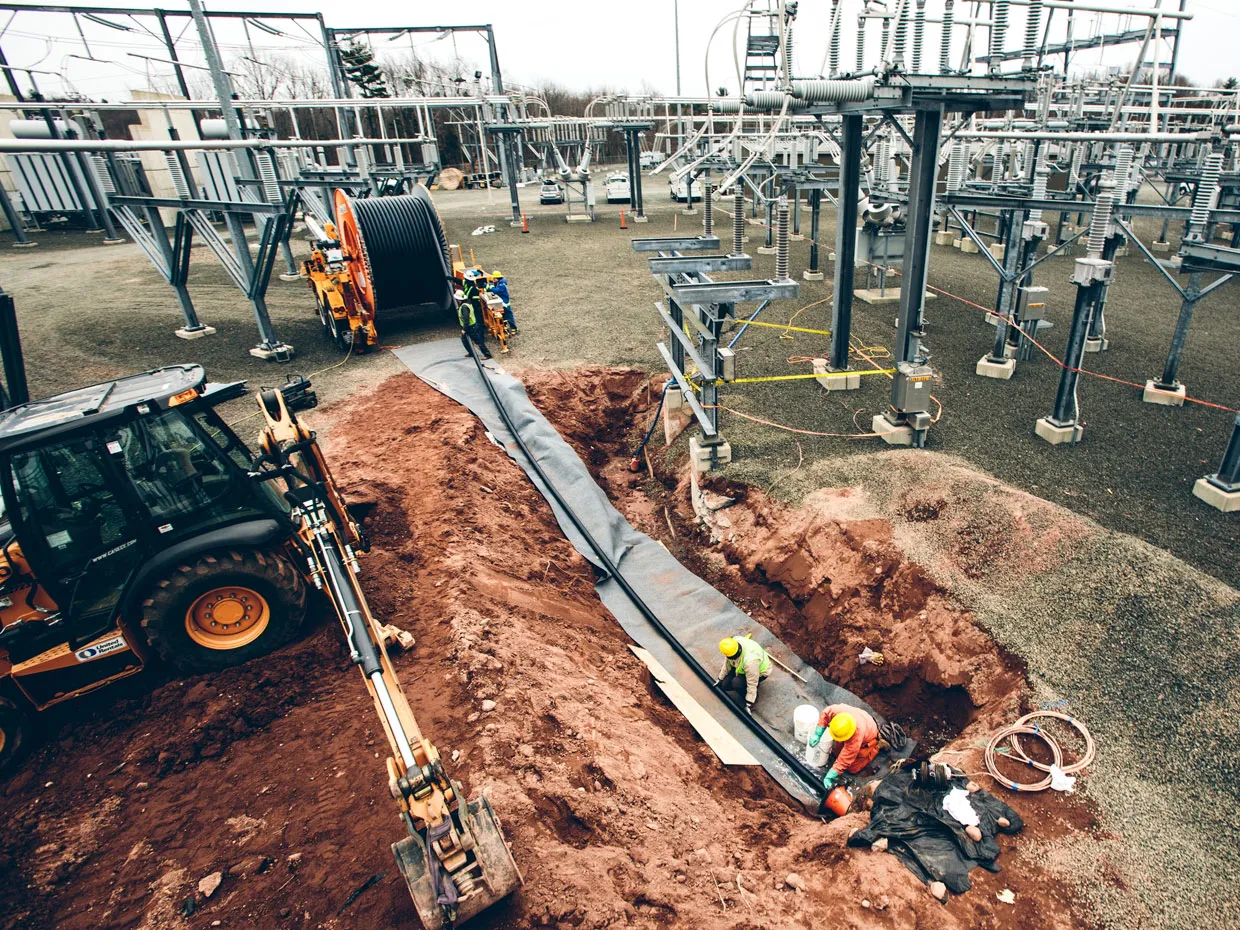
Undergrounding power & communication lines
Putting electric lines underground in new home construction has been going on for years. In fact, a few years ago, I had an HDD contractor put my electric and cable lines underground to keep from having our trees trimmed back. It is a huge expense for electric companies to maintain their overhead lines each year. I’m sure you’ve all seen tree care companies trimming tree branches near overhead lines.
Frequently, we hear of power outages due to downed electrical lines from trees. Electric utilities spend a lot of money repairing downed power lines. A few years ago after I had our power lines placed underground, a storm brought down a tree that fell across the only power line coming onto our property. We were without power for three days. But that is nothing compared to the thousands of people who, during storms, are without power for a long time.
Maintaining power line rights of way and responding to power outages seem minor compared to the huge forest fires — particularly in California — that cause the deaths of many and result in billions of dollars in property damage. Many of these forest fires are caused by sparks from overhead electrical lines. After years of debate, PG&E announced recently that it will bury 10,000 miles of distribution lines in Northern California to reduce the impact due to wildfire risk. This will be at an estimated cost of up to $20 billion. PG&E’s equipment has ignited more than 20 California wildfires within the past several years. The company sought bankruptcy protection in 2019 to address billions of dollars in liability costs stemming from sparks caused by its equipment. It emerged from bankruptcy last year after settling claims of $25.5 billion.
There are more than 8 million trees within striking distance of PG&E‘s power lines. That seems like a staggering figure, but not so when you consider the geographic size of Northern California. These 10,000 miles to be buried are a fraction of PG&E’s electrical system, which includes 80,000 miles of distribution lines and 20,000 miles of high voltage transmission lines. All of this suggests that there’s likely to be a huge amount of HDD work in the coming years. Sure, open-cut will get some of the work, but with the overall acceptance of HDD, it sure seems the more logical approach that HDD will get a big share of the work.
HDD Growth
The Distribution Contractors Association conducts an annual equipment buying intentions survey. The 2020 survey showed that 31 percent of expenditures are anticipated for trucks, 29 percent for equipment rental, and the third highest category is HDD at 10 percent. That 10 percent is a 45 percent increase in HDD expenditures over 2019. This is further evidence of the strong and continued growth of HDD.
Pipe Relining Guide
This issue has our annual Pipe Relining Guide. It’s amazing how much this trenchless market segment has grown since Eric Wood first introduced the Insituform CIPP relining technology in 1971. The pipe relining market now includes CIPP, sliplining and spray-applied, numerous subset applications, including laterals. There are mainline and service line relining systems. Take a few minutes to read through and imagine which pipeline rehabilitation method can be best applied to solve your drinking water or sewer line rehabilitation. There is even gas line relining technology available.
